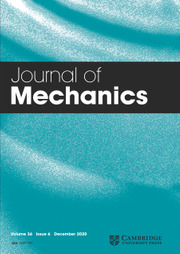Article contents
A Finite Element Study of the Effect of Contact Forces Between an Implant-Retained Crown and its Adjacent Teeth on Bone Stresses
Published online by Cambridge University Press: 05 May 2011
Abstract
Most of finite element (FE) models used to study single tooth dental implants consider only an isolated implant. It is of course more realistic to model also the adjacent teeth of the implant. However, including the adjacent teeth significantly increases the complexity of the model and necessitates the complex contact analysis. The main difference between the FE models with and without the adjacent teeth is that the model without the adjacent teeth cannot capture the effect of the contact forces that are transferred between the implant-retained crown and the adjacent teeth. In this study, the hypothesis that the contact forces are not important is verified by the FE contact analysis. Realistic 3D FE models of a mandible and a single tooth implant with and without adjacent teeth are constructed and analyzed. It is found from the results that the difference between the maximum bone stresses of the two models is very small when various loading directions are considered. The obtained results, therefore, indicate that the effect of contact forces between a dental implant and its adjacent teeth is not significant. Consequently, the adjacent teeth can be excluded from FE models if various loading directions are considered.
Information
- Type
- Articles
- Information
- Copyright
- Copyright © The Society of Theoretical and Applied Mechanics, R.O.C. 2009
References
REFERENCES
- 2
- Cited by

